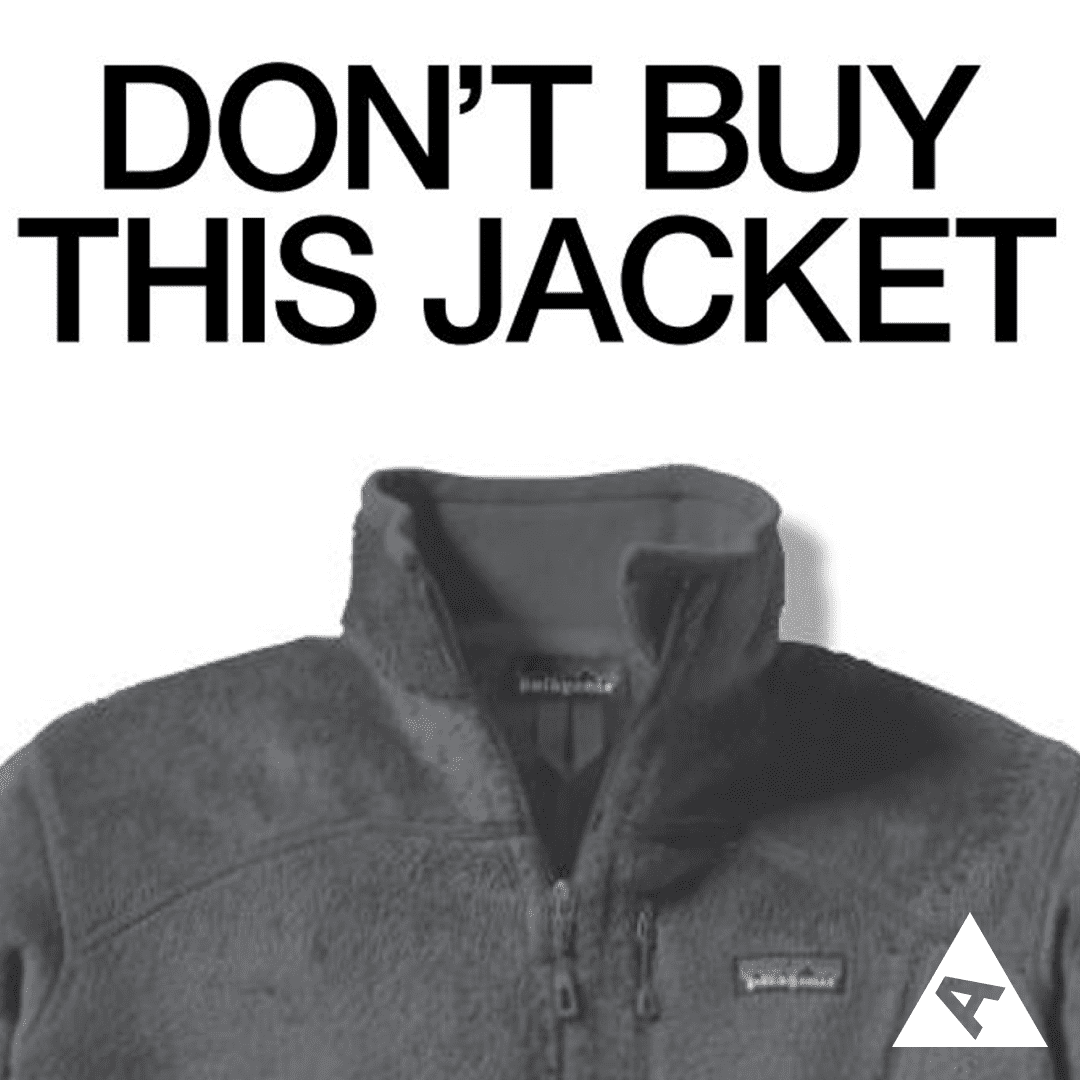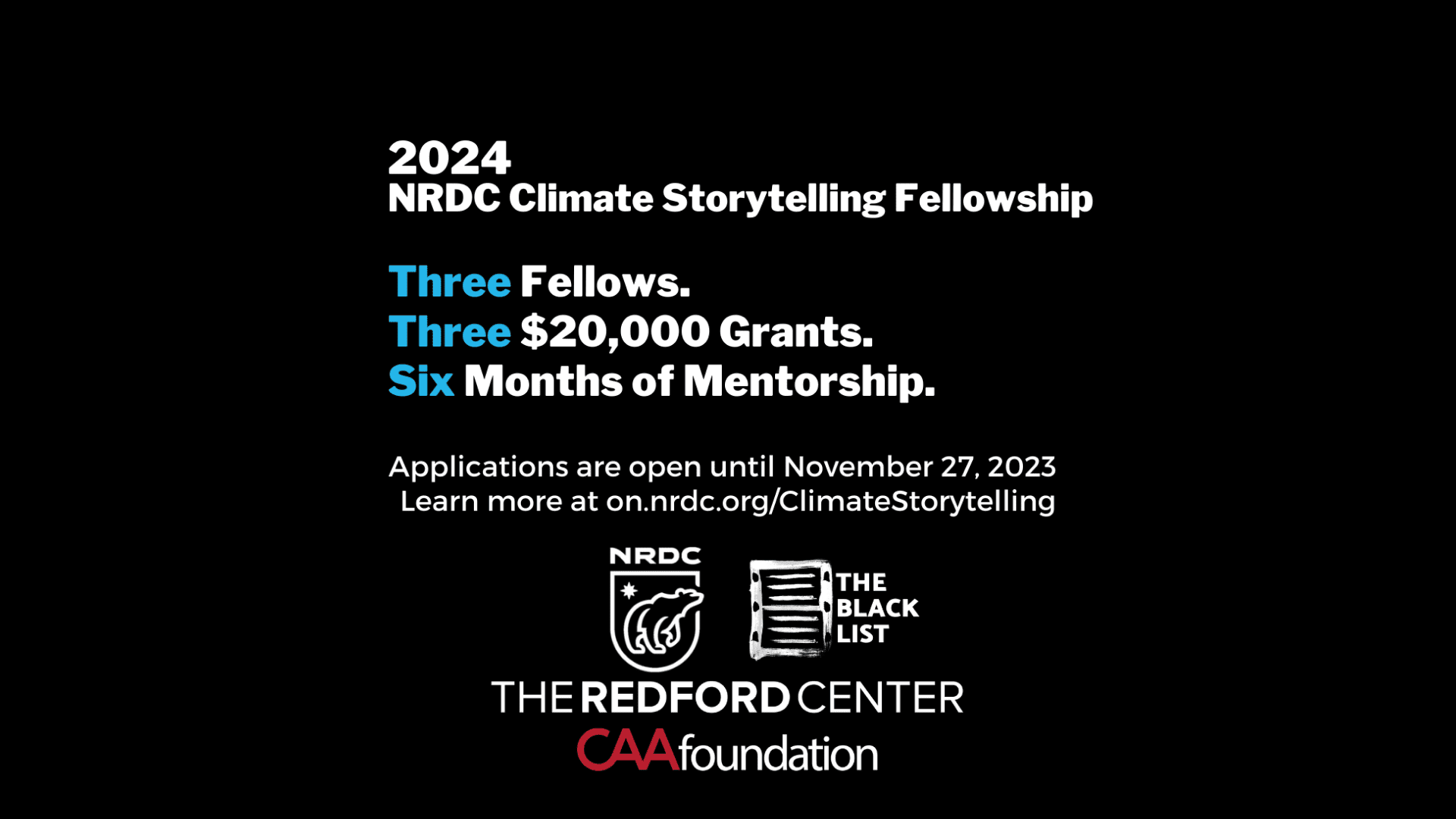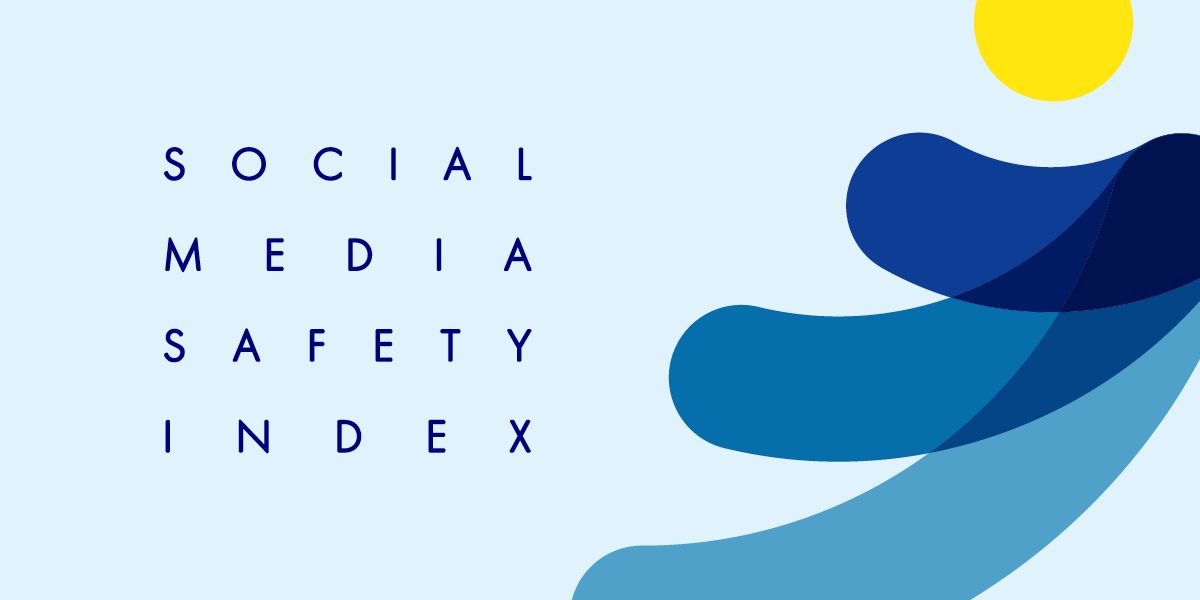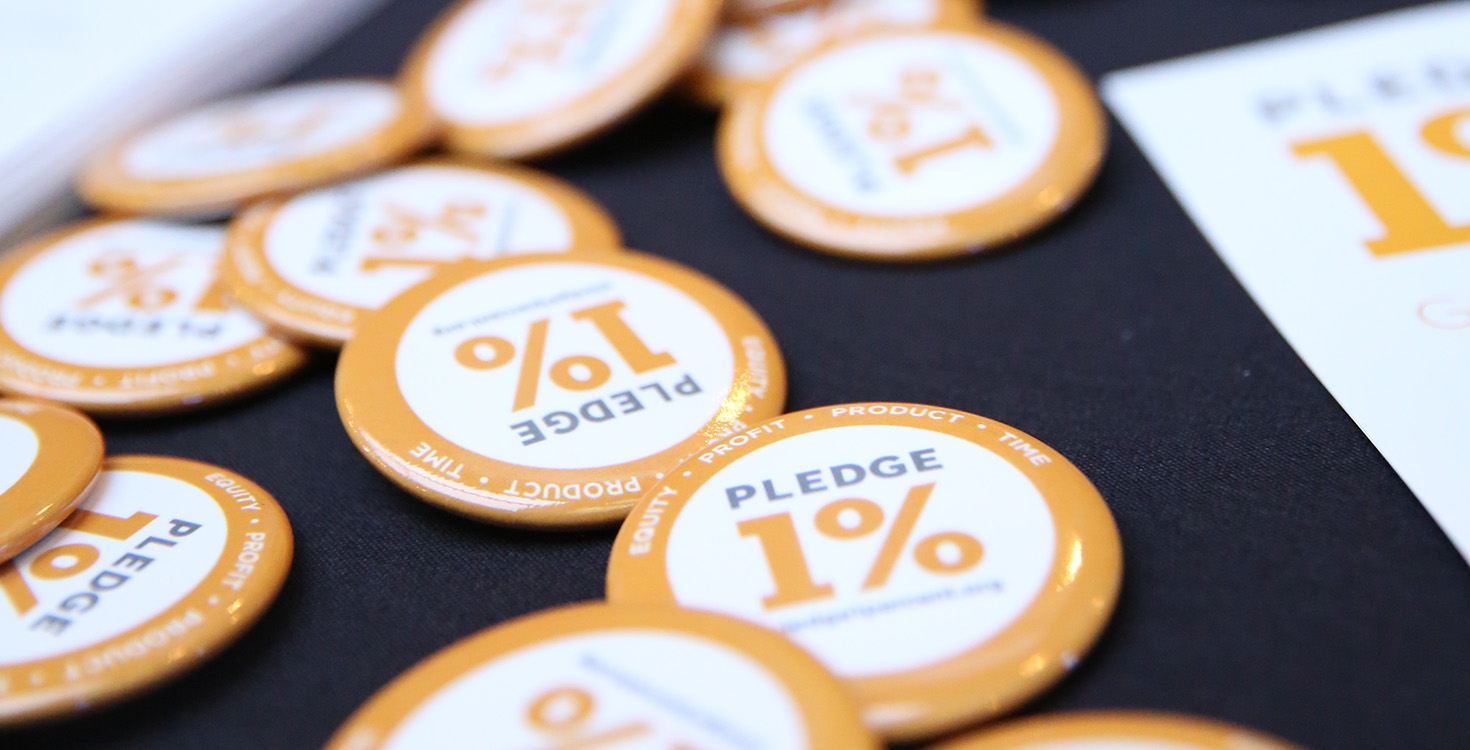Feeding America on Providing Food Safety for Communities
Hunger Action Month is a yearly campaign by Feeding America, launched in 2008 and happening each September, to drive awareness and inspire action to help end hunger in America. As children are going back to school in-person, Feeding America is tackling how to provide food banks to ensure children and their families don’t experience hunger. Read our with the Feeding America team on how they are accelerating their work and to learn more about how to take action today to help end domestic hunger.

As an organization and national network of food banks, Feeding America’s mission is to end food insecurity by connecting communities with fresh, nutritious foods, educating and advocacy, and direct action. What inspired your team to create Hunger Action Month? What are the best ways for individuals to take action to end domestic hunger?
Hunger Action Month was established in 2008 and is dedicated to driving awareness and inspiring action to help end hunger in America, both at a national scale and on the ground in local communities.
We hope individuals take action in the ways most meaningful to them, check out the top six ways to get involved on our blog! But one of the most impactful ways to support efforts to end domestic hunger is to donate funds to Feeding America or your local food bank. You could also voice your support for federal assistance programs to lawmakers to ensure our neighbors have the food they need, every day.
A large part of the campaign’s focus is to inspire others to volunteer, donate and fundraise by sharing stories of hunger. Why do you see storytelling as a core execution for your organization’s goals?
Stories are how we have built connections to each other for centuries. They build new perspectives, deconstruct stereotypes, illustrate the impact of our work at a deeply personal level and humanize the issue. Stories also make it possible to share a well-rounded story of hunger and dispel misconceptions about who experiences it.
In 2020, at least 60 million people turned to food banks, food pantries, and other private food assistance programs. Many did so for the first time. But it doesn’t take a pandemic to change one’s circumstances – it could happen to anyone, and when it does, we want people to know help is here. We don’t want people to feel shame or stigma for seeking assistance that is rightfully there for them to utilize. Telling stories helps heighten awareness and educates the public on resources available to them and ways they can take action to support their neighbors in need.
Your social campaign “Food should never be an impossible choice” is supporting Hunger Action Month. What is your objective with this campaign, and what inspired you to visualize the circumstances and systems that contribute to hunger in this way?
For many, a daily meal is a simple choice of what to eat. But for people facing hunger, a daily meal poses a very different type of choice. It’s often an impossible choice between food and other crucial needs, such as electricity, childcare or medicine.
This year’s Hunger Action Month campaign creates empathy with this issue by presenting the impossible choices of hunger with thought-provoking visual metaphors that prime our audience to expect food, but then reveal the impossible choices instead. Medical papers pop out of a toaster; light bulbs sit in an egg carton; a steaming breakfast is made of kids building blocks.
The tension between the visuals and the striking reality behind them builds, and a simple question is asked: How will you choose to end hunger? This invites the public to join in and participate in Hunger Action Month by taking action on our site.
Can you speak to how Feeding America’s priorities and actions have shifted during the current Covid-19 pandemic?
Feeding America’s mission is to advance change in America by ensuring equitable access to nutritious food for all in partnership with food banks, policymakers, supporters, and the communities we serve.
The COVID-19 pandemic exacerbated the challenges of reaching many people in need of help and has brought to light the health disparities and additional structural barriers that communities of color are facing. In response to the pandemic, Feeding America is accelerating its work to address disparities and advance solutions for an America where no one is hungry. Through this concerted effort and focus, Feeding America aims to ensure access and opportunity for all as well as to strengthen the health and wellbeing of all communities.
Feeding America also equips its audience with in-depth research, interactive maps to illustrate this country’s hunger crisis, as well as education on how to fundraise online. Why are digital executions and tools so important to your work at Feeding America?
Hunger is a complex issue, and it’s often hidden. Offering tools to individuals who want to mobilize in support of our mission – be that in the form of localized facts and figures, personal fundraising campaigns or the digital tools they need to ask their lawmakers to make anti-hunger legislation a priority – are all ways we can bring awareness to the fact that hunger exist in every county in United States and impacts all of our neighbors.
What has your team at Feeding America learned throughout the years of working in this space that you take into your work?
It’s humbling to be able to work in support of Feeding America’s mission. The most important thing we always carry forward into anything we do is to center our work around the people we serve, ensuring that we honor the individuals who have entrusted us to share their stories.








